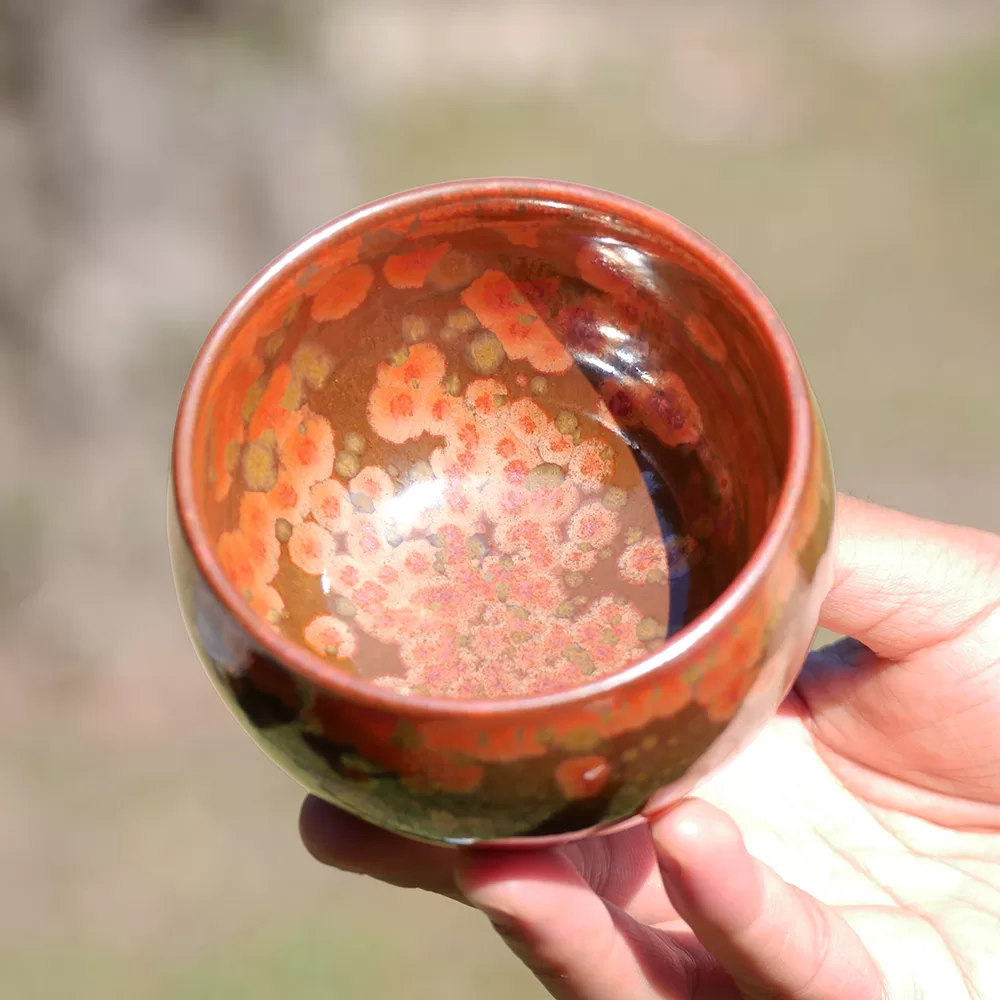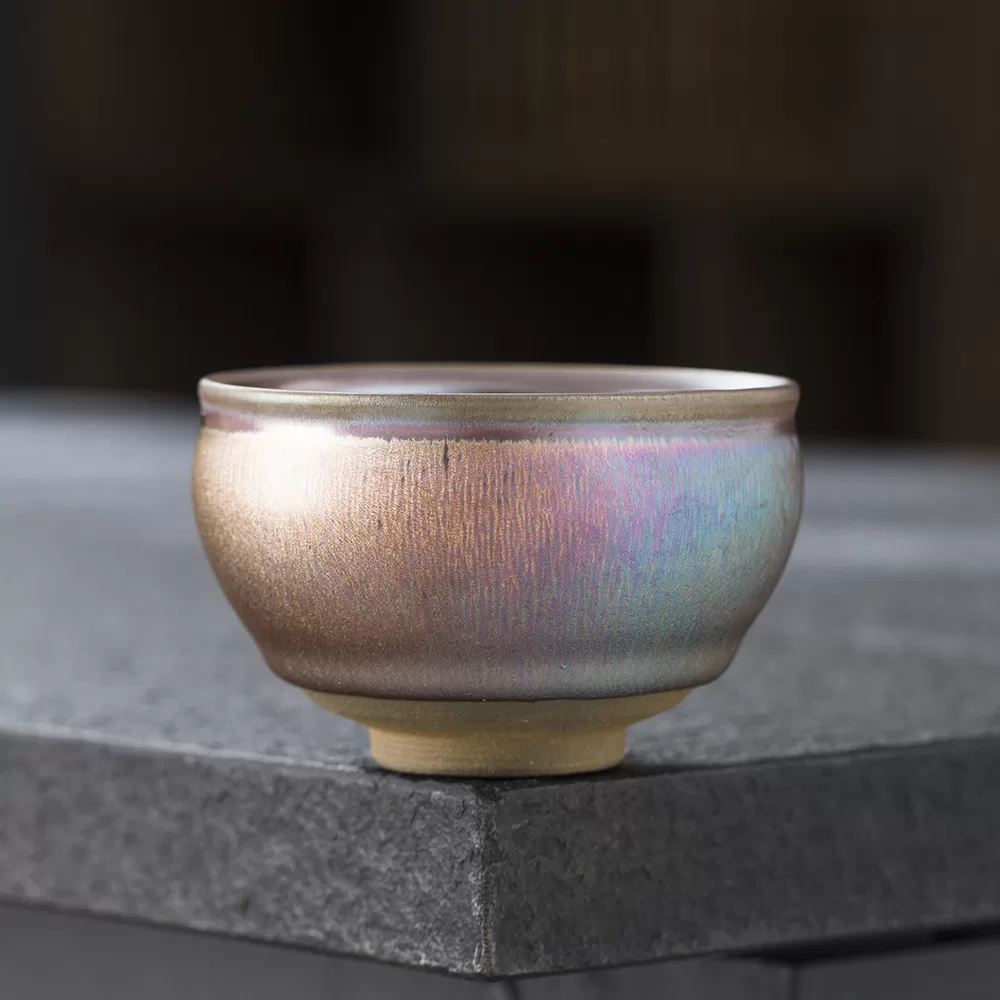With over 10 centuries of history and now a national treasure of Japan and China, Tenmoku art originated in a mountainous region in China's hinterland: Fujian province. Let's discover the birthplace of the mythical Tenmoku art.
The Dragon Kiln, birthplace of Tenmoku art
In 1935, Professor James Marshall Plumer, an expert in Asian art, discovered an ancient site of the so-called "dragon" ceramic kiln, at Shuiji in the Fujian region of China. He was able to extract numerous pieces of stoneware "Jian" cups, dating from the Song dynasty (960-1279 AD).
This site is recognized as the first and largest historical kiln for "Jian" cups. These ceramic masterpieces also have another name: Tenmoku, named by Japanese monks after the temple on Tianmu mountain, 400 km from the Shuiji site.
The name "dragon" associated with the kiln is probably due to its particular shape: long and narrow, set on a steep mountain slope, like a dragon resting on a hill. This type of kiln enables very high temperatures to be reached, even above 1200°C, the temperature required to fire non-porous ceramics such as stoneware and porcelain. Such conditions have long remained unattainable for European potters.
The remains of the Dragon kiln at Shuiji, Fujian, China.
A Jian (Tenmoku) cup discovered in the Dragon kiln at Shuiji, dating from the Song dynasty (960-1279 AD).
Hand-crafted reproduction difficult to implement
In 1960, the site was the subject of a programmed excavation by archaeologists from the Xiamen Anthropological Museum. Thousands of cups and other ceramic objects were discovered. The cups all shared a common feature: the use of local earth as a raw material gave them a dark color, with a characteristic black glaze.
What's more, the scientists made a surprising discovery: some cups have natural reactive patterns resulting from the chemical reaction during firing, which correspond to the "Tenmoku" cups preserved by Japanese shoguns and monks, as well as certain Chinese collectors.
After several excavations, from the 1980s onwards, a number of expert ceramic craftsmen set out to find a method of reproducing these cups. The task proved much more difficult than expected:
- The exact composition of the material was unknown, so the cups produced had a high probability of cracking or warping during firing.
- The composition of the glaze is certainly the most mysterious: by mixing different earths and ash (a material that reduces the temperature of the glaze's melting point), we obtain different glaze behaviors, which remain highly unstable from one firing to the next.
- The specifics of the kiln structure and the atmosphere it produces are decisive elements in the firing process. Oxygen flow, kiln atmospheric pressure and temperature homogeneity are the factors that influence chemical reactions, and consequently the patterns that appear on the cups.
Several factors influence the success rate of cup firing, which remains very low compared to other types of porcelain.
Microscopic analysis of the glaze on a Tenmoku cup, showing patterns formed naturally during firing.
The Tenmo team is honored to be able to work with the finest craftsmen who are experts in "Jian" (Tenmoku) cups.
Years of research were needed to find the right stoneware composition, glaze recipes and ideal kiln conditions, enabling these craftsmen to reproduce the golden age of Chinese ceramics.









